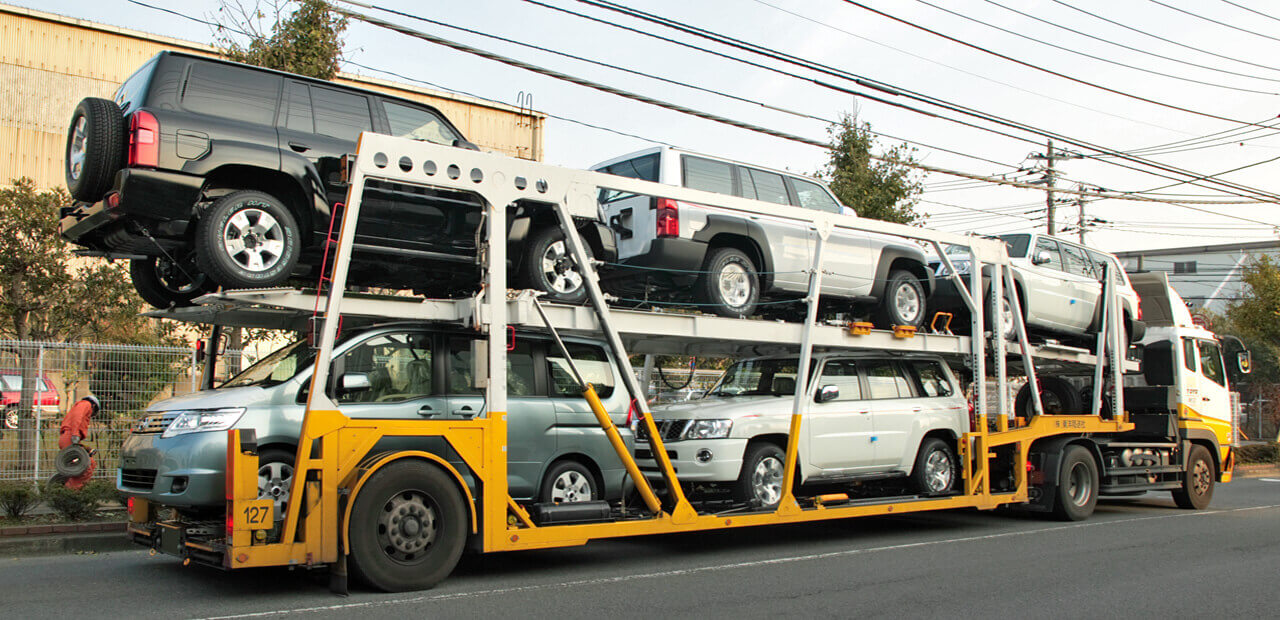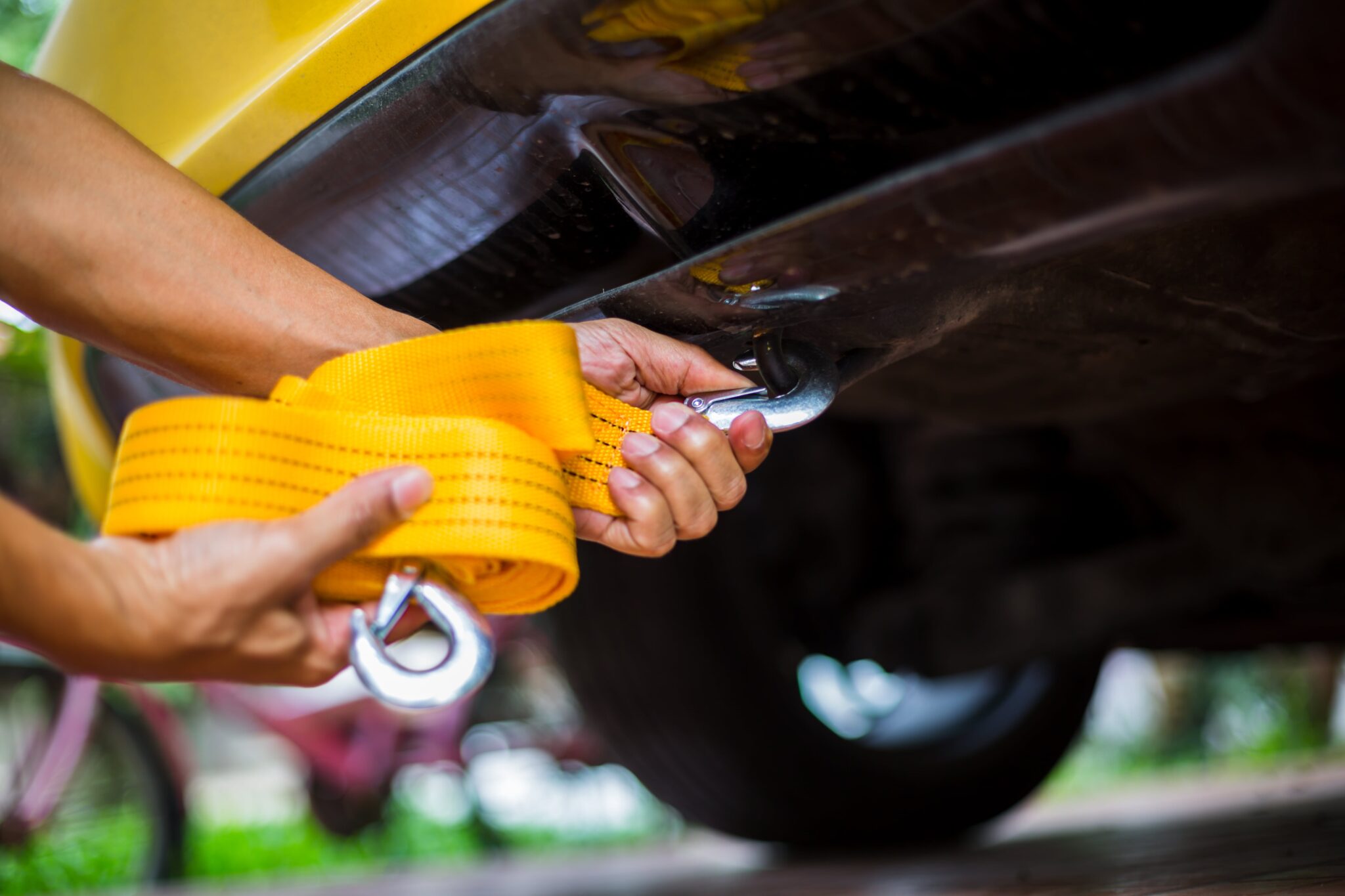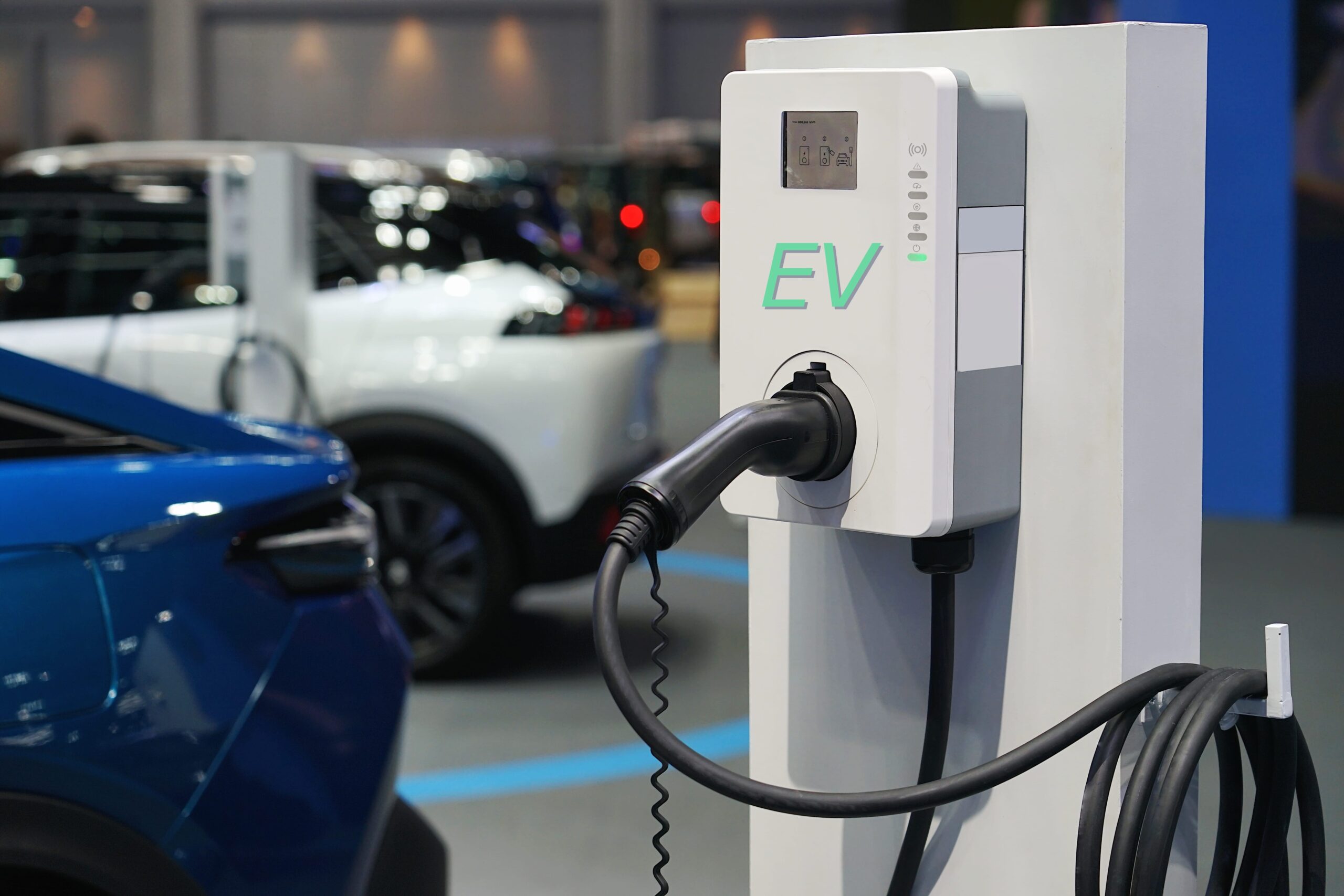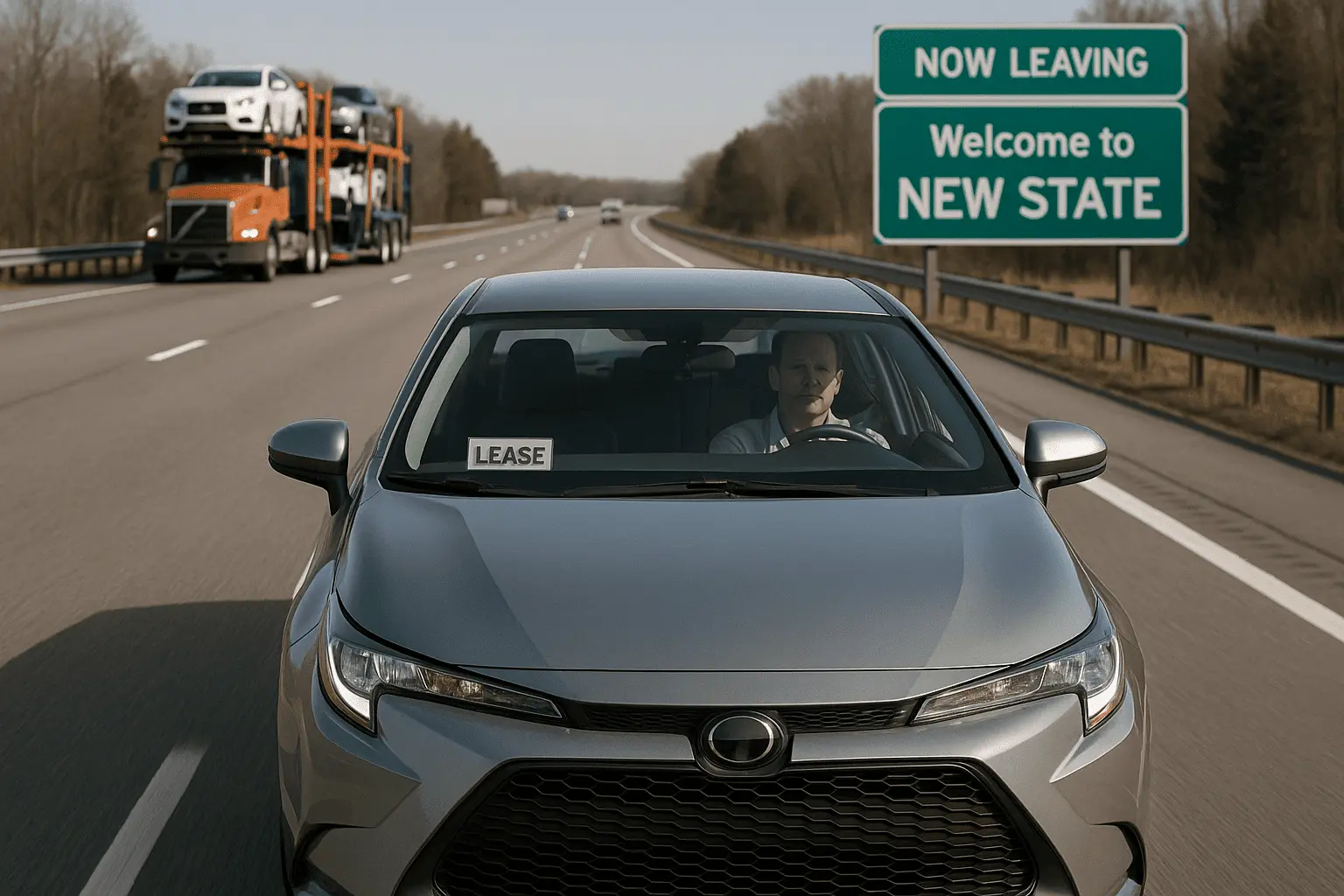Buying a used car can be both exciting and overwhelming. On one hand, you get the chance to save money compared to purchasing a brand-new vehicle. But on the other hand, you’ll have to carefully navigate through inspections, paperwork, negotiations, and shipping to ensure you don’t end up with a bad investment.
Key Takeaways
- Set a budget that includes purchase price, insurance, taxes, fuel, and maintenance.
- Research prices using multiple sources like dealerships, private sellers, and online tools.
- Run a VIN history report to uncover accidents, liens, or title issues.
- Inspect the car thoroughly or hire a mechanic for a pre-purchase inspection.
- Always test drive on different road conditions to catch hidden issues.
- Arrange safe transport if buying out of state, using a professional car shipping service.
- Keep required documents like the title, bill of sale, insurance proof, and service records.
12 Tips for Buying a Used Car
Well, the reality is that whether you’re buying from a dealership or a private seller, a structured approach is your best defense against fraud and buyer’s remorse. Luckily, we’ve taken it upon ourselves to construct this comprehensive 12-step guide that will walk you through the entire process of how to buy a used car, from setting your budget to arranging secure auto transport to your driveway.
1. Determine the Price You Can Afford
Before you fall in love with a specific make or model, you have to establish a realistic budget. While doing this, you’ll need to factor in not just the car’s purchase price but also expenses like insurance, registration, taxes, fuel, and maintenance.
A good rule of thumb is to keep your car expenses at no more than 10–15% of your monthly take-home pay. If financing is involved, use online auto loan calculators to understand how much you can borrow and what monthly payment fits comfortably into your budget.
2. Identify Your Needs
Your wants and your needs might be different, so create a list of non-negotiable requirements to narrow your search effectively. Here are a few key things to consider:
- Passenger & Cargo Capacity: How many people do you regularly transport? Do you need room for sports gear, groceries, or luggage?
- Primary Use: Is this for a daily commute, weekend adventures, or regular towing?
- Must-Have Features: Consider fuel efficiency, safety ratings from the Insurance Institute for Highway Safety (IIHS), drivetrain (AWD/FWD), and additional technology, like Apple CarPlay, a backup camera, and so on.
3. Research the Available Options
The next step is researching market prices. Compare used car listings, private sellers, and certified pre-owned options to find the best bang for your buck. You might also consider using an auto trading website like CarGurus that can help you see the fair market value of the cars on your radar.
4. Make a Shortlist
With your budget, needs, and research in hand, create a shortlist of 3-5 specific vehicles that meet your criteria. This focused approach prevents you from being overwhelmed by choices or swayed by a slick sales pitch for a car that doesn’t suit you.
5. Check the Vehicle History
A car’s history tells you far more than a seller ever might. Ask for the Vehicle Identification Number (VIN) and run a history report through services like Carfax or Autocheck. These reports reveal accidents, flood damage, mileage discrepancies, recalls, and whether the car still has a lien on it. If the seller hesitates to share the VIN, that’s a red flag.
6. Inspect the Interior and Exterior
Never skip a thorough physical inspection. If you’re not mechanically inclined, it’s also worth the investment to hire a trusted third-party mechanic for a pre-purchase inspection. Here are the parts of the car you should pay special attention to:
| Exterior | Interior | Under the Hood |
| Look for misaligned panels or uneven gaps, signs of rust, and paint color mismatches, which can indicate poor-quality repair work from an accident | Look for misaligned panels or uneven gaps, signs of rust, and paint color mismatches, which can indicate poor-quality repair work from an accident | Look for leaks, corrosion, and worn belts. Also, check the oil and transmission fluid, which should be clean, not dark or gritty. |
7. Take a Test Drive
A test drive is your chance to see how the car actually performs. Make sure you drive it on different types of roads, especially residential streets and bumpy areas. Also, pay close attention to the brakes, steering response, transmission shifts, suspension, and engine noise. A test drive will often reveal hidden issues that a visual inspection cannot.
8. Negotiate the Price
Armed with your research and inspection results, it’s time to negotiate. Be polite but firm, and don’t hesitate to point out any flaws that justify lowering the price.
If you’re buying from a dealership, ask about warranties or return policies. And if it’s from a private seller, ensure you agree on the payment method upfront. Finally, be patient, and remember that walking away is always an option if the deal doesn’t feel right.
9. Verify Ownership and Documentation
Before handing over money, confirm that the seller is the rightful owner and that the paperwork is complete. Let’s go through the key documents to verify:
- Title: Ensure the title is in the seller’s name and is free of liens. The seller must also sign the title over to you officially.
- VIN Match: Confirm that the VIN on the title matches the VIN on the dashboard and door jamb of the car.
- Bill of Sale: Create a simple bill of sale that both parties sign. This document should include the sale price, date, vehicle details, and both your and the seller’s information.
This step is especially important if you’re buying from a private seller, so make sure all documents are in place before moving forward.
10. Close the Sale Securely
Never exchange large amounts of cash in informal settings. Instead, use secure payment methods like a bank transfer or certified cashier’s check. Both buyer and seller should sign the bill of sale, and you should keep copies for your records. For private sales, consider meeting at your bank to handle payment and notarize documents if needed.
11. Transfer and Register the Car
After purchase, you’ll need to transfer the title into your name and register the vehicle with your state’s Department of Motor Vehicles (DMV) or the local equivalent. You’ll need the signed title, bill of sale, and likely proof of your updated insurance. You will also need to pay any applicable sales tax and registration fees at this time.
12. Ship the Car to Your Location
If you’ve purchased the car out of state or from a faraway seller, you might need to arrange auto transport. Professional car shipping services ensure your vehicle arrives safely without you having to drive long distances.
On the other hand, if the seller is close by, you might consider simply meeting them at a neutral location and driving the car home yourself. Either way, the most important thing when transporting your car is to fully understand the auto shipping process so you can make an informed decision on which method is best for your situation.
Required Documentation to Buy a Used Car
Having the correct paperwork is essentially your legal protection and the key to a smooth transaction and registration process. Ensure you have the following documents lined up before you finalize the purchase:
- Vehicle Title: It shows that there are no outstanding loans or claims against the vehicle, ensuring you become the rightful owner.
- Bill of Sale: This is a written agreement that records the transaction between buyer and seller. It includes details such as the purchase price, date, vehicle details, and signatures of both parties.
- Vehicle Registration: Shows that the car is registered with the state’s DMV and allows you to operate the vehicle on public roads legally.
- Odometer Disclosure Statement: A federal requirement in many regions, this document certifies the vehicle’s mileage at the time of sale, protecting against odometer fraud.
- Maintenance/Service Records: These provide a history of the car’s upkeep, including oil changes, repairs, and part replacements. A complete service history indicates a well-maintained car.
- Emission Test Certificate: Some states require this to ensure the car meets environmental standards and is legally compliant for road use.
- Insurance Documentation: Proof of insurance is necessary before you can legally drive the car.
- Bill of Lading: A bill of lading (BOL) is issued by the transport company when you ship the vehicle.
Tips for Buying a Used Car with No Hassle
It’s clear that there’s a lot to understand and remember in the process of buying a used car, and mistakes can happen when you feel overwhelmed. So, we’ve compiled a few nifty tips for buying a used car that could help you make the process much easier:
- Shop at the End of the Month: Car salespeople are often trying to meet monthly quotas and may be more willing to negotiate.
- Consider Certified Pre-Owned (CPO): CPO cars from dealerships are typically newer used cars that have undergone a rigorous inspection and come with an extended warranty, offering peace of mind at a premium.
- Get multiple quotes: Compare offers from dealerships and private sellers before deciding.
- Check insurance rates: Some models are cheaper to insure than others, which can influence long-term costs.
- Verify recalls: Check the National Highway Traffic Safety Administration (NHTSA) database to see if the car has unresolved recalls.
- Get professional help: For extra peace of mind, consider working with auto transport brokers who can connect you with vetted shipping carriers.
Purchasing a used car can be a tricky process filled with legal pitfalls and sweet-talking sellers. But by following our 12-step guide and ensuring you have all the necessary documentation, you enable yourself to make an informed, confident decision. From meticulous research and inspection to understanding the logistics of secure payment and even cross-country transport, each step is designed to protect your investment. Remember, the goal is not just to buy a car, but to get a reliable vehicle that serves you well for years to come, no matter where you find it.
Frequently Asked Questions
What Documents Do I Need to Buy a Used Car?
You’ll need the vehicle title, bill of sale, insurance proof, registration documents, and in some states, an emission test certificate.
How Can I Check If a Used Car Is Reliable?
Review the vehicle history report, inspect it physically, and take it for a test drive. A mechanic’s inspection is also recommended.
What Is a Vin and Why Is It Important?
A Vehicle Identification Number (VIN) helps you run reports that reveal the car’s history, including accidents, recalls, and liens.
Should I Buy from a Dealer or a Private Seller?
Dealerships often offer certified pre-owned cars with warranties, while private sellers may provide lower prices but less protection.
What Is the Safest Way to Pay for a Used Car?
Use secure methods like bank transfers or cashier’s checks instead of cash. Meet at your bank when finalizing the payment.
Sources
- National Highway Traffic Safety Administration (NHTSA). “Vehicle Recall Information.” Accessed October 25, 2025.
- Insurance Institute for Highway Safety (IIHS). “Top Safety Picks” Accessed October 25, 2025.
- U.S. Federal Motor Carrier Safety Administration (FMCSA). “Tips for Auto Transport Consumers” Accessed October 25, 2025.






